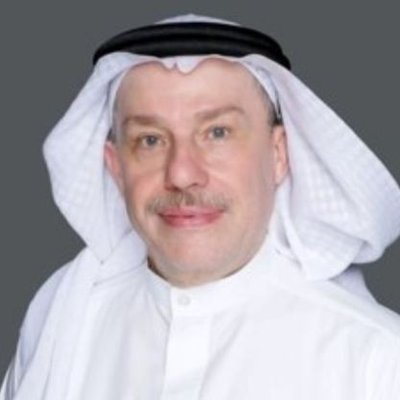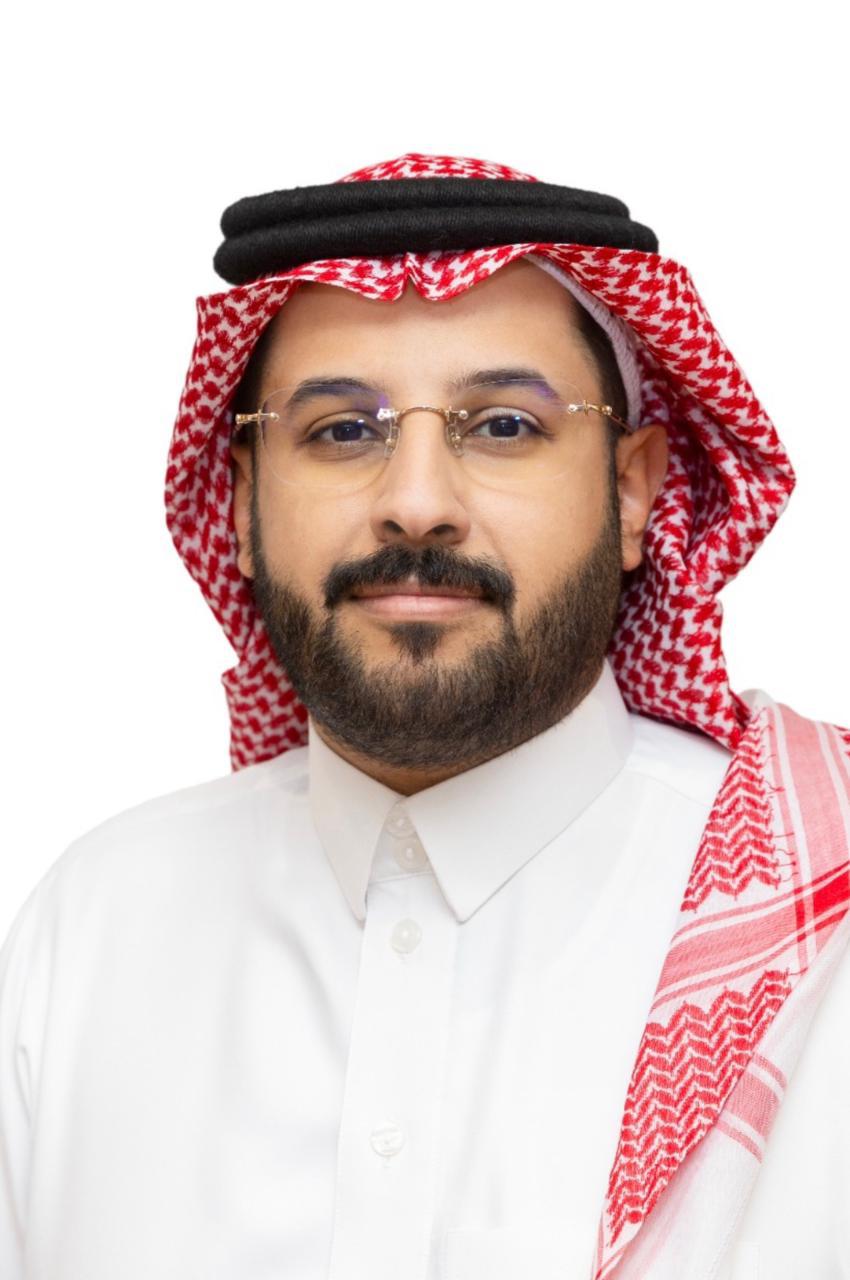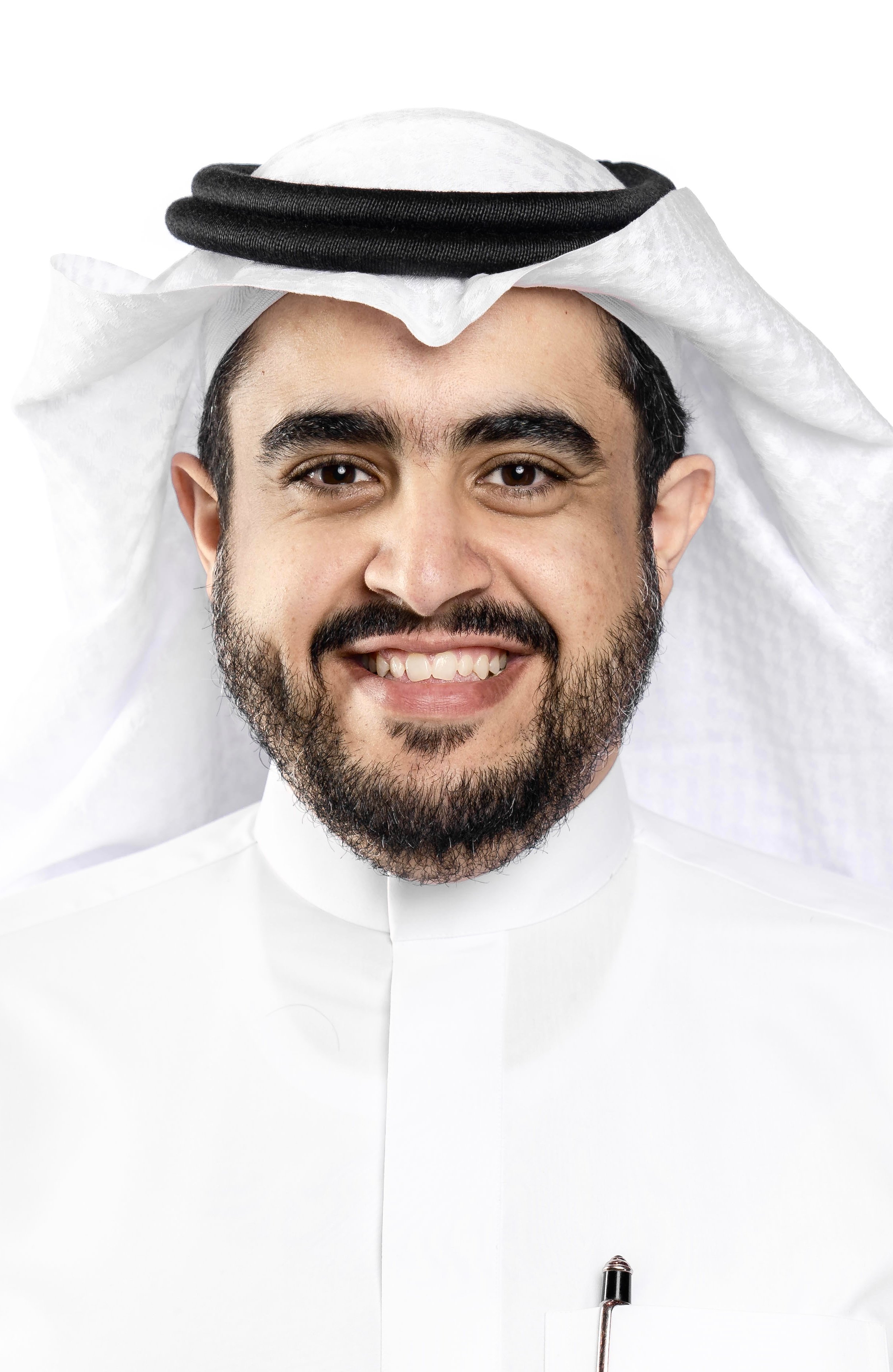Publisher: Maaal International Media Company
License: 465734
Public Investment Fund After Surpassing One Trillion Dollars
اقرأ المزيد
The consolidated and audited financial statements for 2024, prepared by KPMG and published on June 30, 2025, revealed that the assets of the Public Investment Fund (PIF) exceeded 4.3 trillion Saudi Riyal (SAR) (equivalent to 1.15 trillion US dollars). This represents 91.5% of the Kingdom’s nominal GDP for 2024 at constant prices. The fund’s assets grew by 16.2% compared to 2023, increasing from 3.7 trillion SAR to 4.3 trillion SAR during the year.
Throughout its history (established in 1971), the fund has never strayed from its focus on strategic investment. The term “strategic investment” merits pause, as it forms the cornerstone of the fund’s investment policy. So, what is strategic investment, and how does it differ from other types of investments? Strategic investment occurs when a company invests in another to achieve long-term gains, such as access to new technologies, market expansion, or enhanced operational capabilities, prioritizing this over mere financial profit. Typically, this involves acquiring a minority stake, allowing collaboration without full control over the other company.
For comparison, other types of investments include financial investments, venture capital, private equity, real estate, commodities, fixed-income investments, and alternative investments. These focus primarily on financial returns rather than strategic benefits. Strategic investments aim for long-term advantages like market or technological access, as previously noted, while others prioritize income, growth, or speculation. It’s worth noting that financial investments are the most common, involving assets like stocks and bonds for capital appreciation or income. However, strategic investment is what distinguishes the PIF’s approach. This does not mean its portfolio excludes other investment types seeking short-term profits, but its core focus remains strategic investment, as it is a sovereign wealth fund operating under an approved strategy, owned by an ambitious state pursuing long-term transformative goals aligned with a clear vision.
Since the launch of Saudi Vision 2030, the PIF’s focus on strategic investments has deepened and broadened. The fund was tasked with the critical mission of investing in strategic sectors to achieve the vision, such as technology, renewable energy, tourism, and the infrastructure necessary for productive projects. This was announced following the fund’s restructuring and the adoption of its new strategy, launched by His Royal Highness Crown Prince Mohammed bin Salman in early 2021. His Highness stated that the interim target was for the fund’s assets to exceed 4 trillion SAR by 2025 and reach 7.5 trillion SAR by 2030. The audited financial statements for 2024 show that the interim asset target was achieved ahead of schedule.
Now, what’s next after the PIF’s assets surpassed one trillion dollars? The straightforward answer, based on the fund’s strategic targets, is that it will continue to grow its assets to reach 7.5 trillion SAR by 2030. This does not seem unattainable, considering several points:
- Continued Focus on Strategic Investment: It is highly unlikely that the fund will abandon its emphasis on strategic investment, which embodies Saudi Arabia’s investment strength, as articulated by His Royal Highness the Crown Prince during the launch of the new strategy in 2021: “At the Public Investment Fund, we do not merely invest in businesses and sectors; we invest in the future of the Kingdom and the world. Our goal is for our nation to be the leader of the new human civilization. The fund’s strategy aims to achieve Vision 2030’s targets by maximizing assets, launching new sectors, building strategic economic partnerships, and localizing technologies and knowledge, contributing to economic development and diversification efforts, and establishing its position as the preferred global investment partner.”
- Unique Funding Structure: The PIF’s funding structure differs from that of traditional sovereign wealth funds owned by oil-producing states, such as those in GCC countries or Norway, which are funded by oil revenue surpluses. In contrast, the PIF relies on government injections, asset transfers, retained earnings, and borrowing. This complex structure indicates that the PIF follows a distinct approach, more sophisticated than traditional sovereign funds. Its mission is not only to grow surplus funds but also to develop and diversify the economy while creating jobs. Thus, the fund’s agenda is both financial and economic.
- Growth in Investment Value: Number of the fund’s investments, particularly in technology, are expected to grow in value and cash flows. Based on this industry norms, this sector exhibits continuous exponential growth in the medium term, unlike strategic investments in manufacturing or tourism sectors, which may take longer to mature.
- Robust Financial Position: The fund’s strong financial position, conservative fiscal policy, and adequate liquidity enable it to meet its strategic requirements. This is supported by:
– High credit ratings from global agencies, with Moody’s rating it Aa3 and Fitch at A+.
– A low debt-to-equity ratio of 21.9% in 2024, with debts of 540 billion SAR against 2.6 trillion SAR in equity. The fund’s openness to borrowing as a funding source requires consideration of its credit ratings and debt-to-equity ratio, both of which demonstrate its financial leeway. In contrast, some sovereign funds, like Norway’s, do not rely on borrowing and lack credit ratings.
Based on the above, a question arises: While profitability is a key performance indicator, is it more significant than contributing to economic diversification in the short to medium term? Certainly, profitability cannot be overlooked, as it ensures sustainability—unprofitable projects cannot endure. However, there’s nuance: For new foundational projects, a gestation period is required, varying by activity and complexity. For instance, industrial projects typically have a capital recovery period of 5–10 years, potentially longer for compound industrial complexes. Service-oriented projects, like entertainment cities, tourist resorts, or hotels, have recovery periods of 6–12 years. In contrast, smaller ventures, like restaurants, may recover capital in 1–3 years. Thus, profitability is essential “no matter how long the wait,” and the capital recovery period is a critical metric at the project level, indicating when an investor recoups costs via cash flows, after which profits begin. Payback periods also vary by enterprise size: up to 3 years for small enterprises, 10 years for medium-sized ones, and up to 20 years for large projects. Generally, projects with high initial investments have longer recovery periods, increasing exposure to external risks, such as geopolitical or economic factors.
Specifically, when discussing profitability in the PIF’s financial statements, we are not dealing with a typical company but a sovereign wealth fund with strategic, long-term targets, as previously noted. Yet, a question emerges: Does the fund have safeguards to mitigate potential future profit declines to ensure continued execution of its strategy in support of Saudi Vision 2030? Despite a 60% profit decline in 2024 compared to 2023, attributed by Reuters to three factors—rising interest costs, inflation, and asset impairments, the fund maintains the financial resilience and stability to achieve its growth targets. Its strategic investment approach does not rely on profits as the primary driver for short-term expansion. Additionally, the fund’s financial flexibility allows it to borrow on favorable terms, as evidenced by its issuance of $4 billion in bonds in early 2025 to fund Vision 2030 projects, which was oversubscribed fourfold. Furthermore, the fund’s audited 2024 financial statements show cash of 315.9 billion SAR, providing adequate hedging against continued profit declines or sustained high interest rates.
Undoubtedly, the PIF’s dynamic activity, rapid pace in launching initiatives, establishing new companies, and acquiring stakes in existing ones has created remarkable momentum and relentless dynamism in Saudi Arabia’s business environment. Distinctively, the fund’s activities are anchored in its strategy, announced by His Royal Highness the Crown Prince approximately 30 months ago (January 2021), which comprises five pillars:
- Launching promising sectors.
- Empowering the private sector.
- Growing the fund’s portfolio locally and globally.
- Achieving sustainable investment effectively.
- Building partnerships and localizing technologies and knowledge.
Undoubtably, the fund’s immense investment capabilities have enabled simultaneous progress across these five pillars. It has invested in 13 strategic sectors, launched initiatives to increase the local content of its companies to 25% by 2025, supported a supplier development program for its companies, and established a platform to enable the local private sector to access available opportunities.
In conclusion, PIF’s active role in the local economy adds capabilities unavailable when the fund was less dynamic before Vision 2030. As a long-term investor, the fund can explore and establish new economic activities, and hence seize opportunities, which require extended periods to yield returns.






